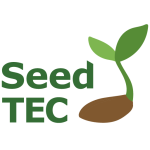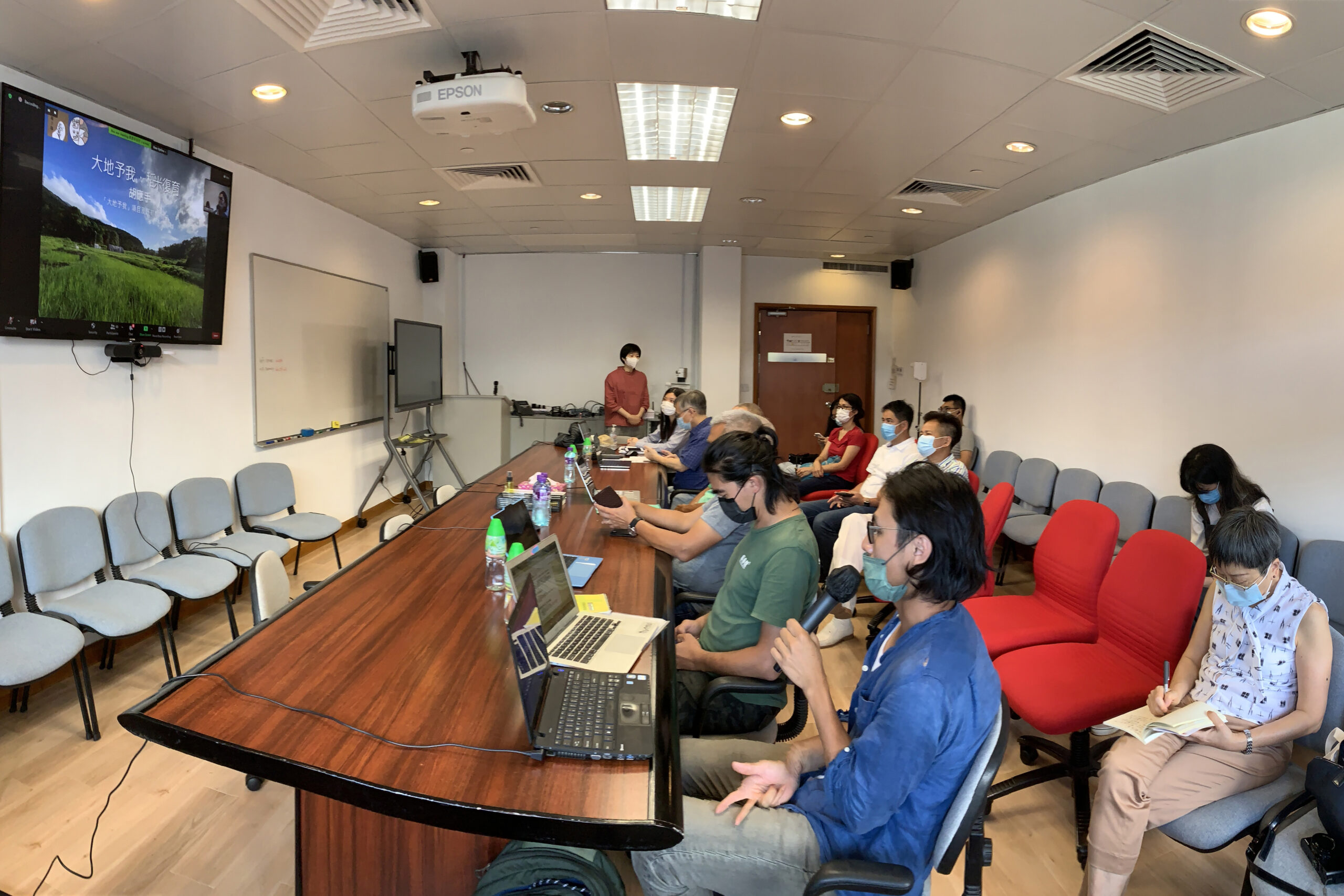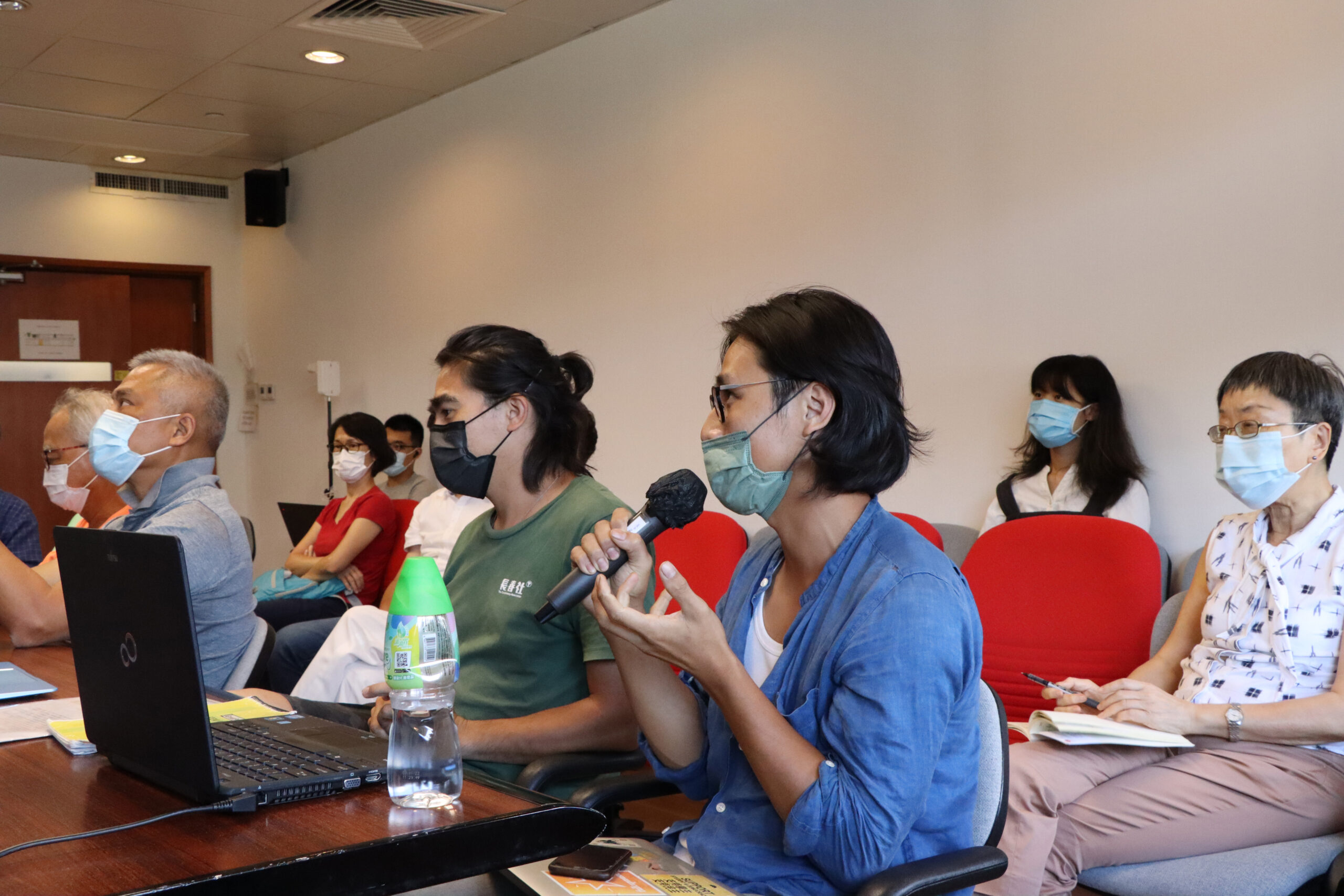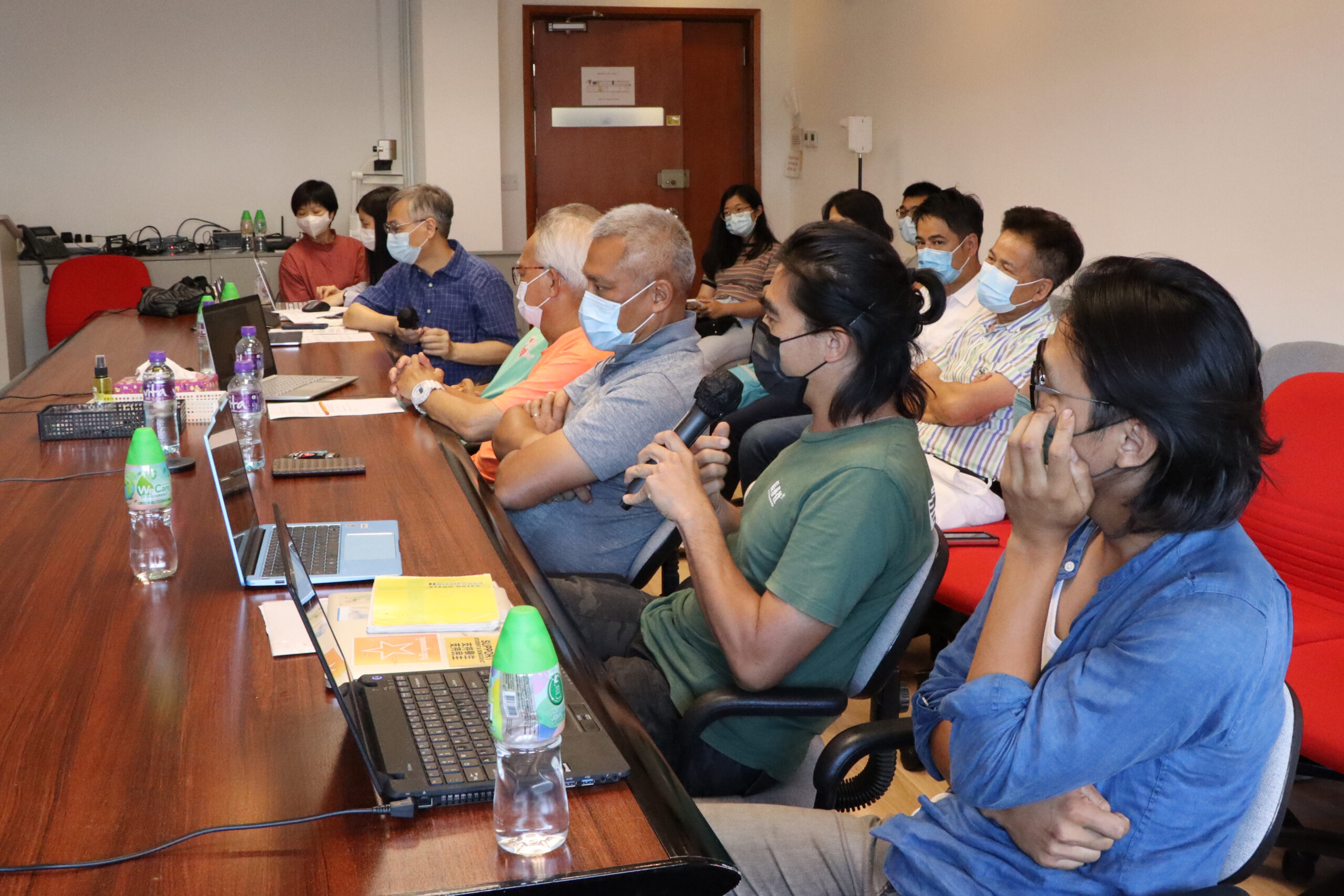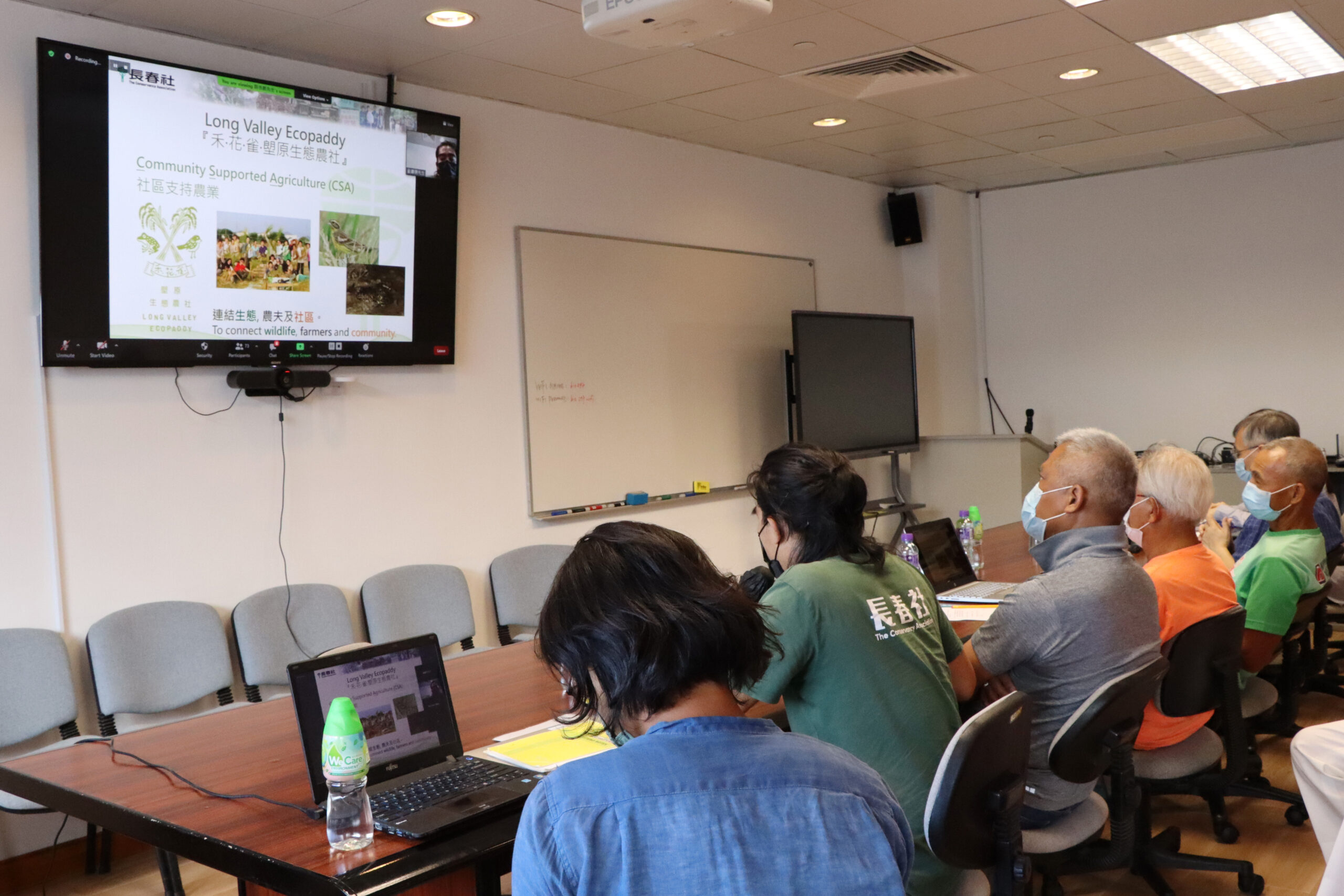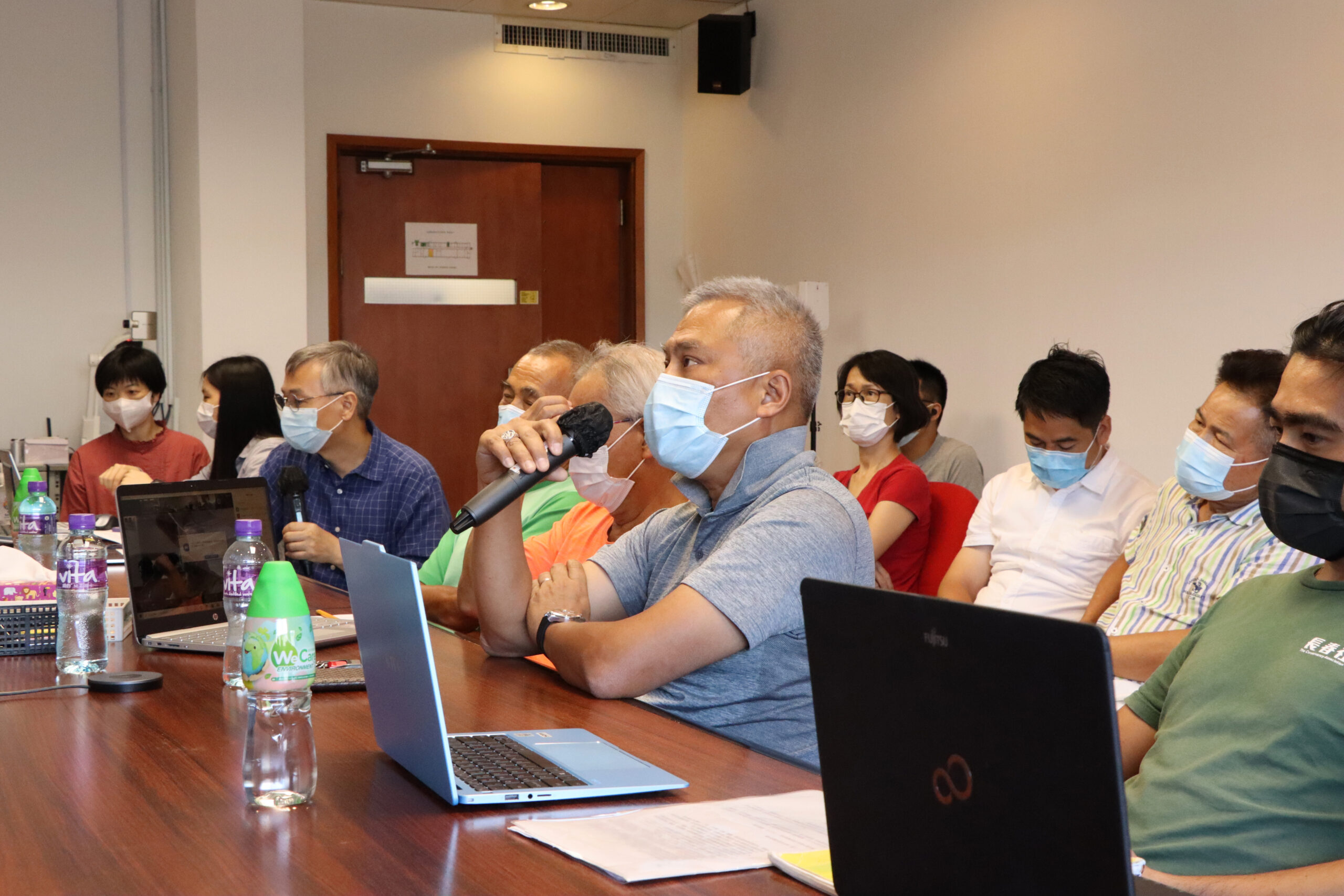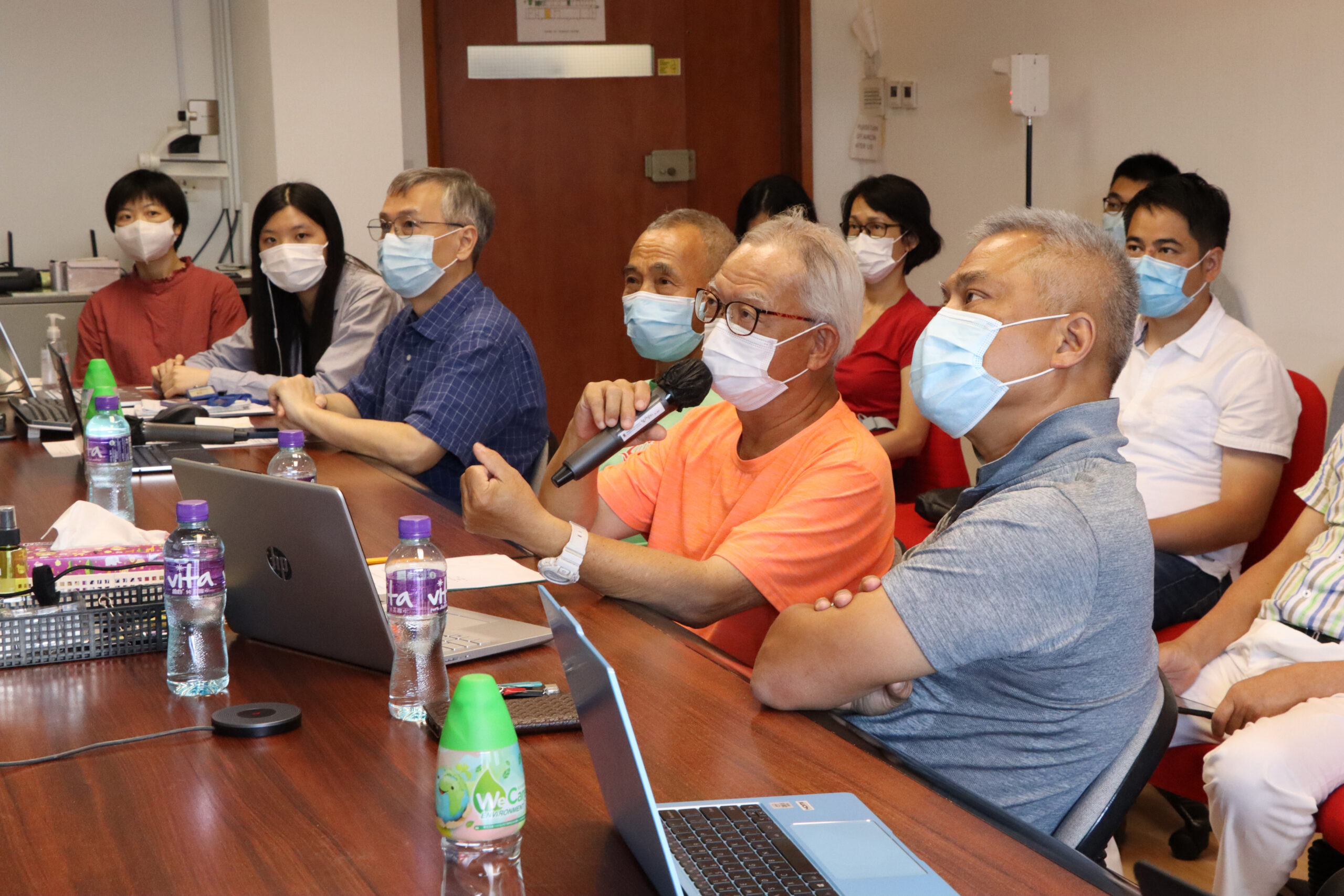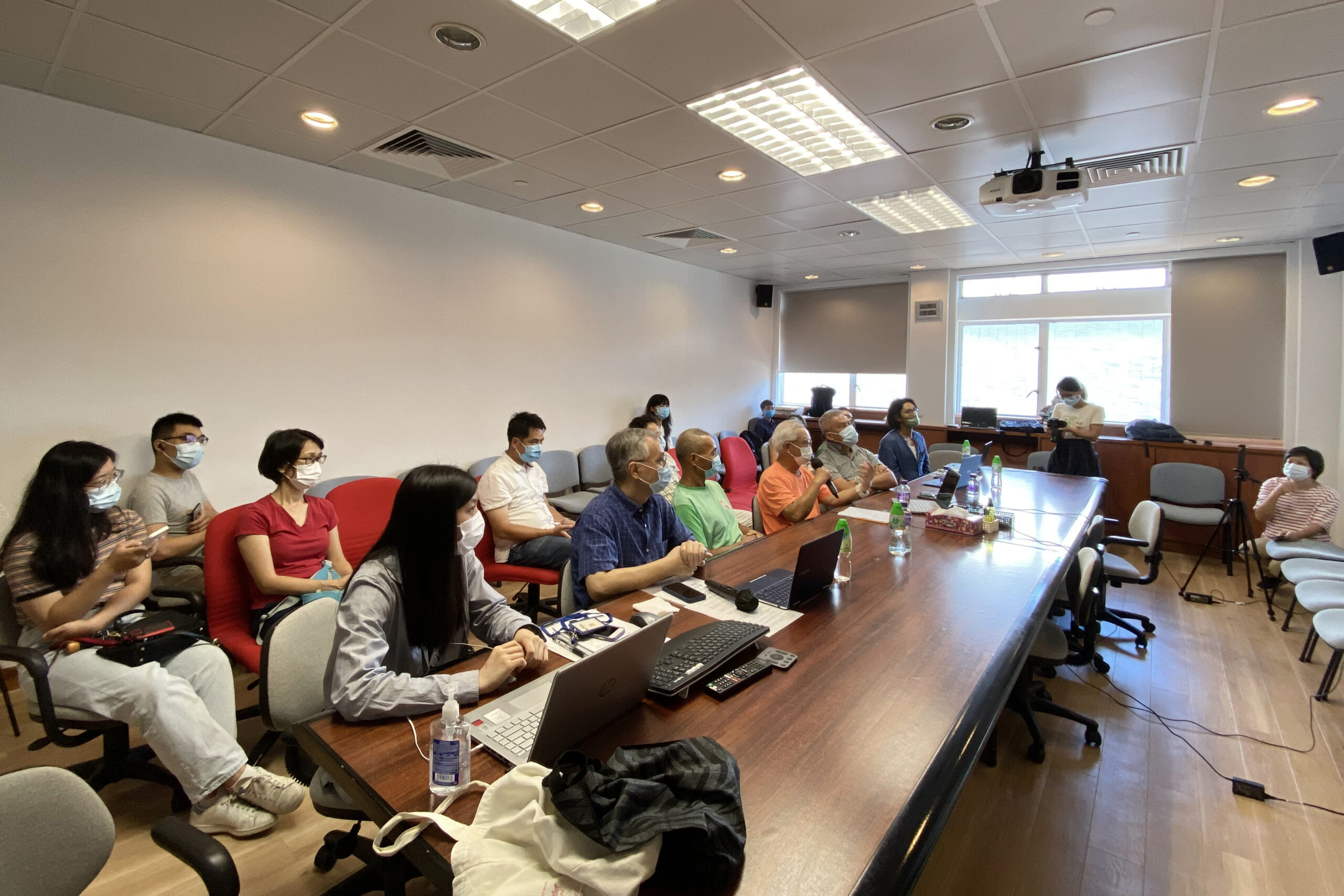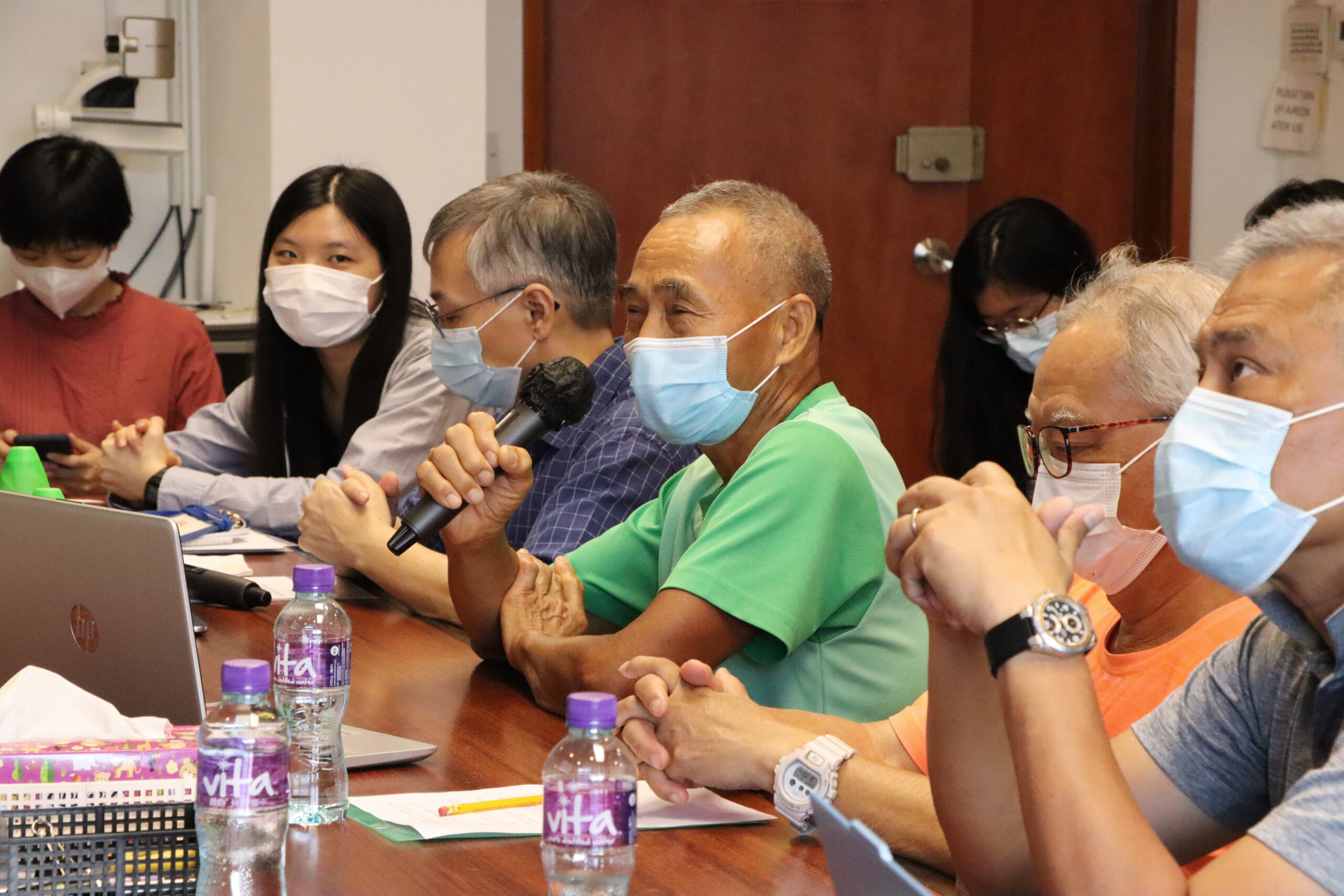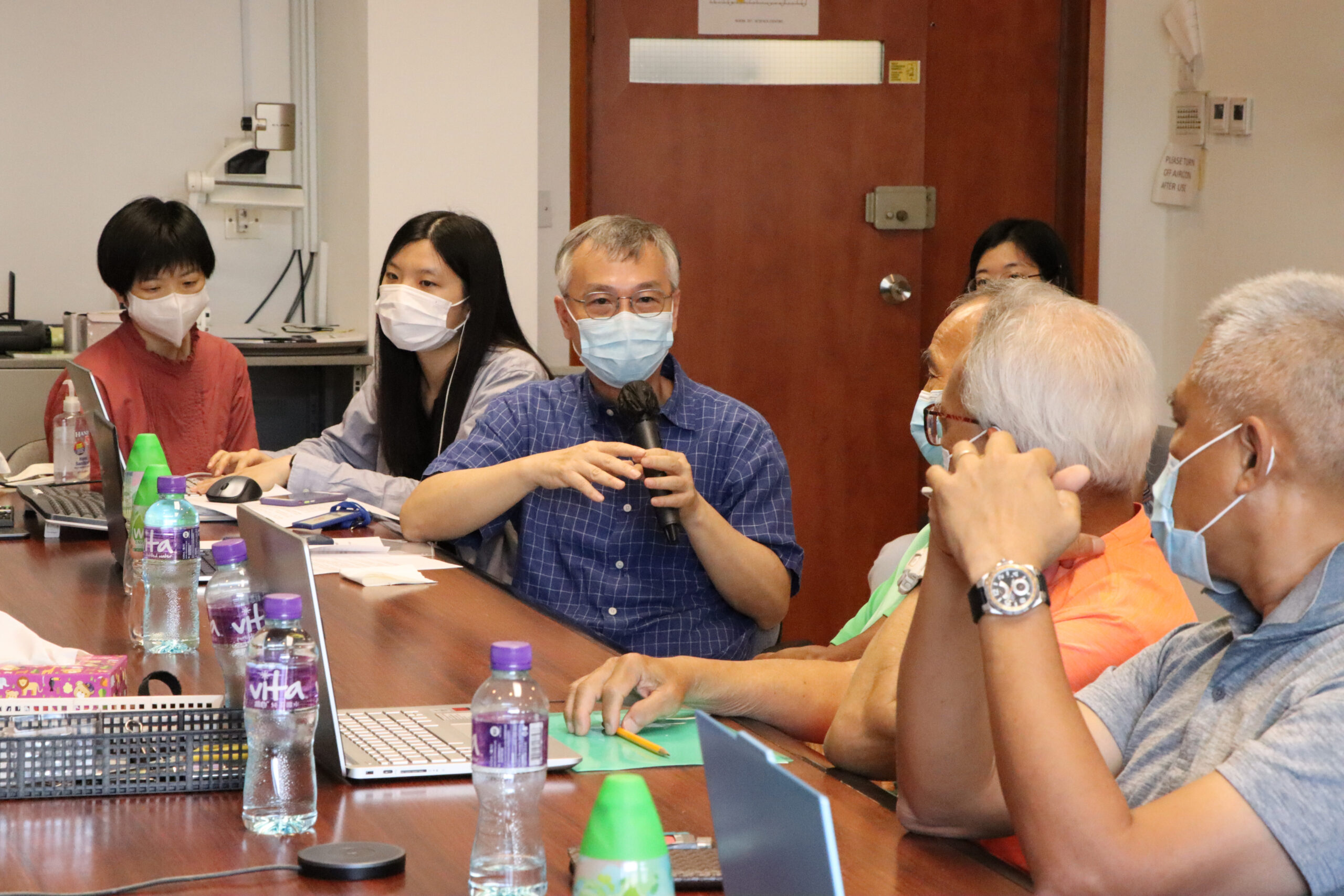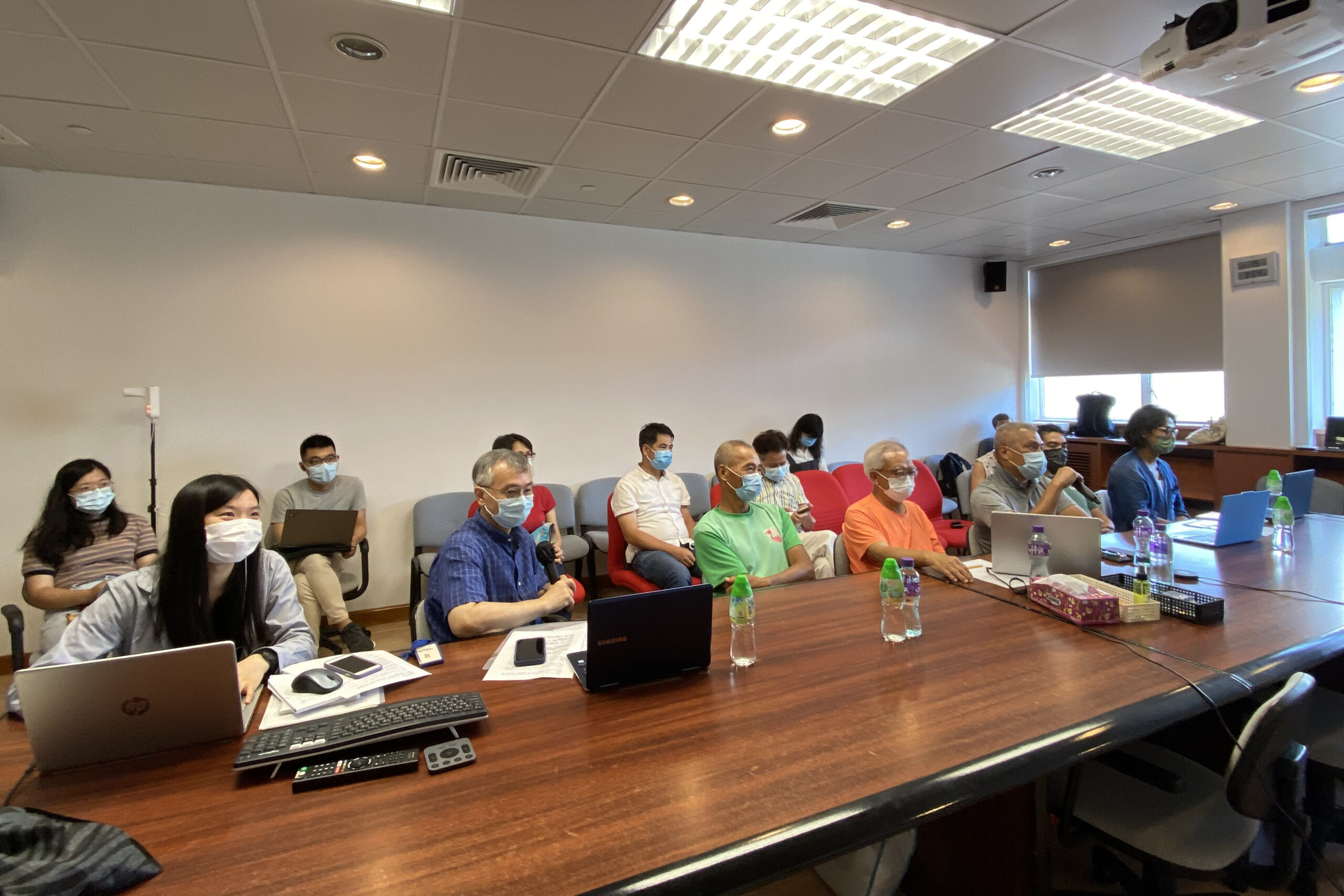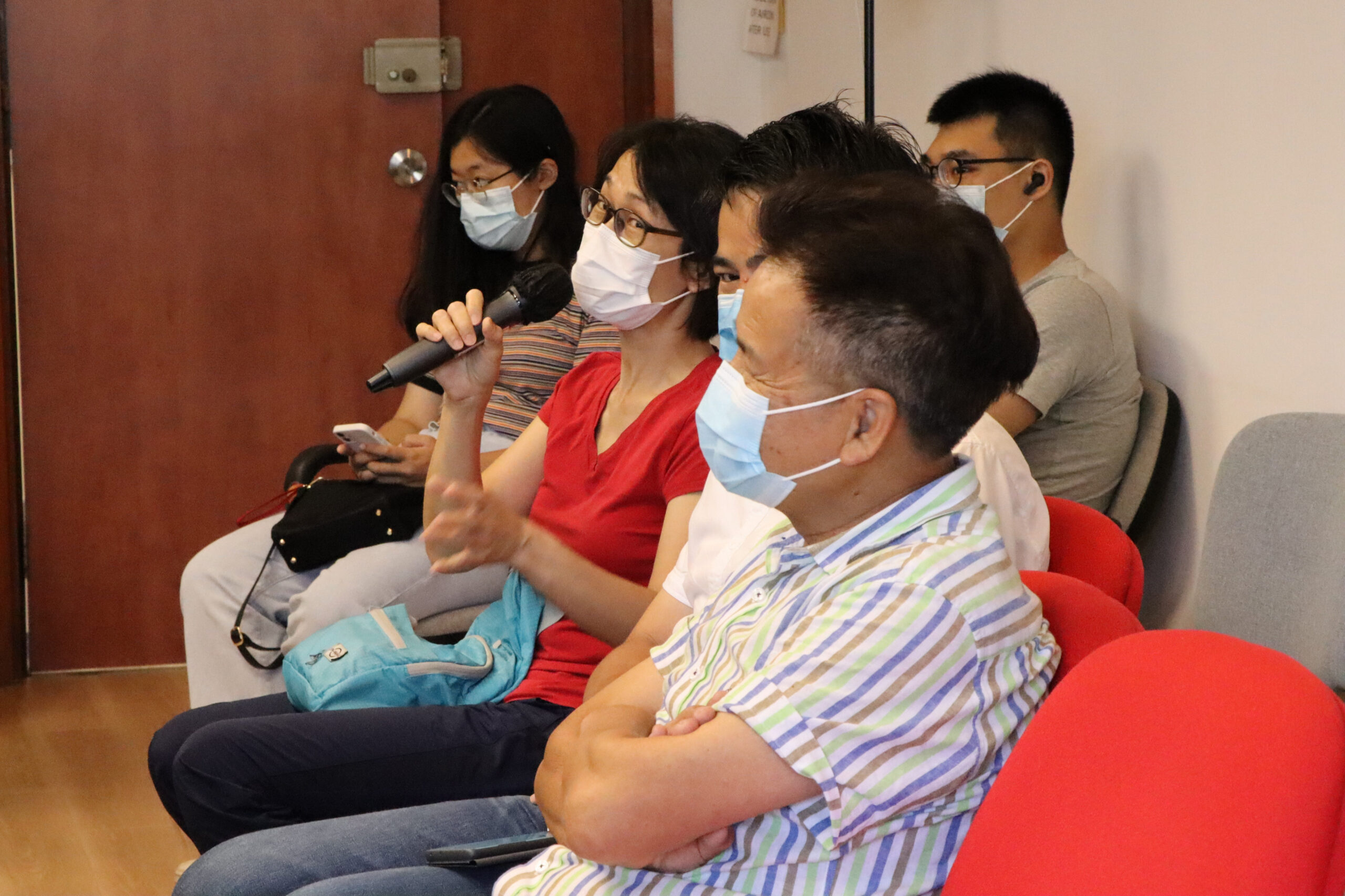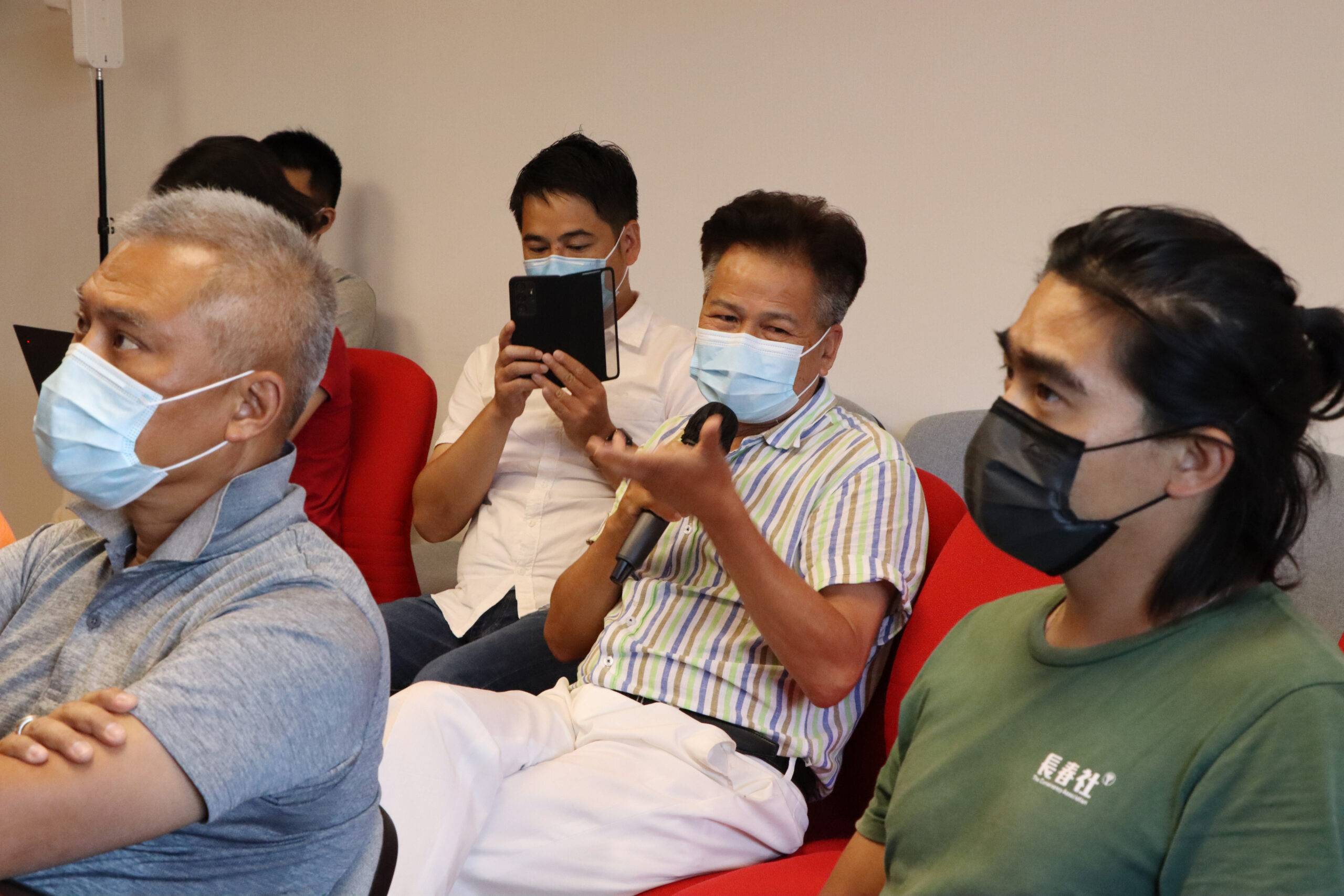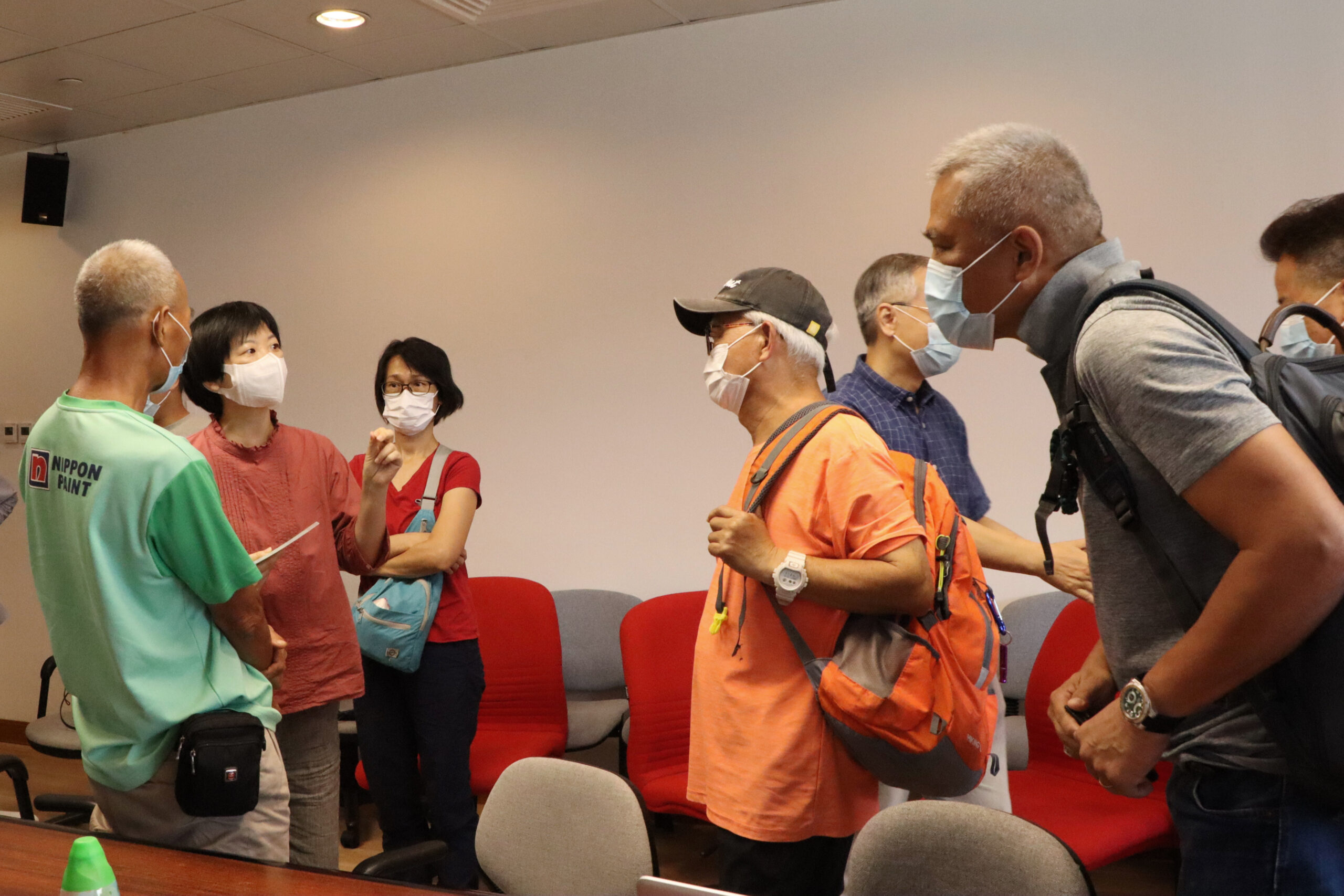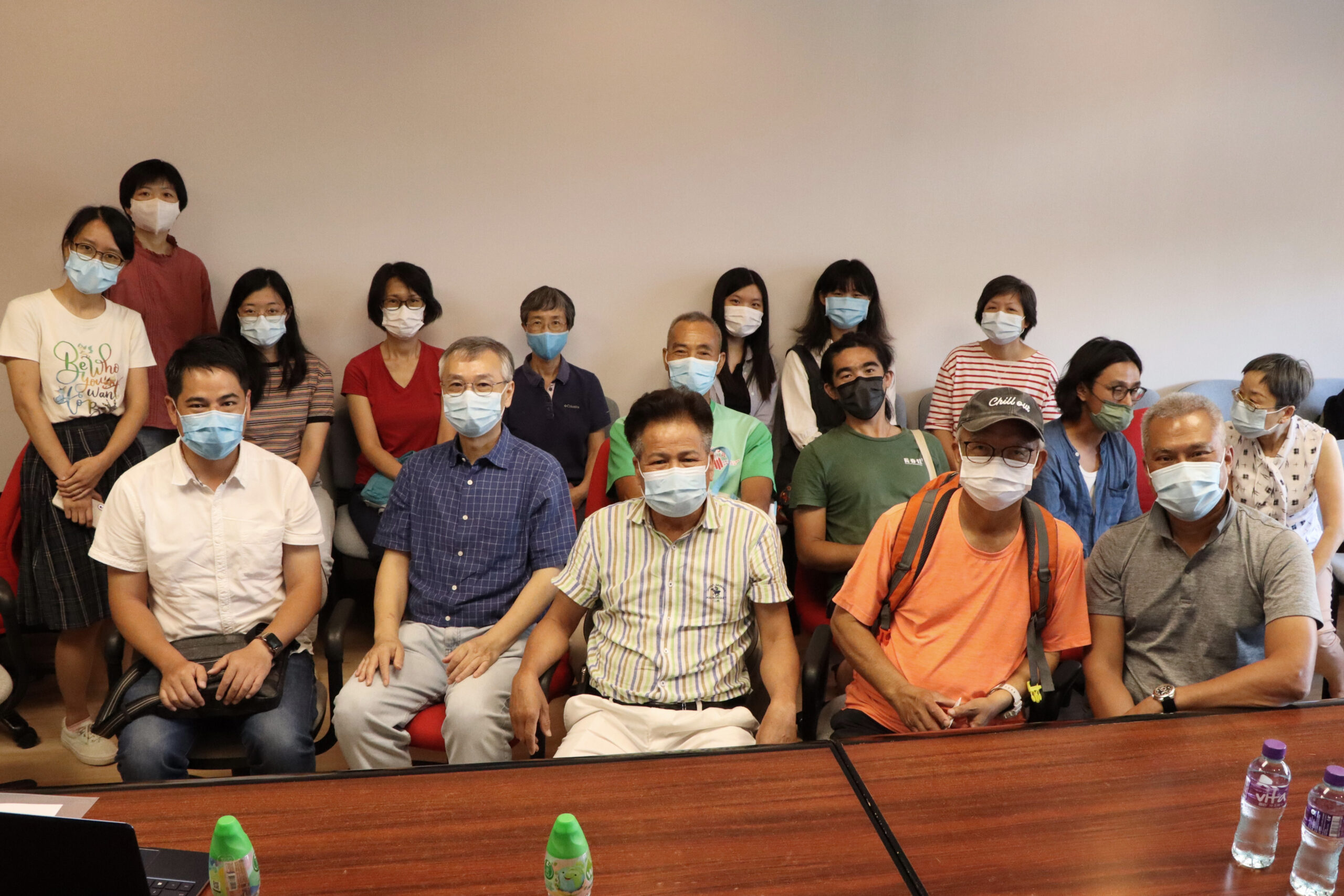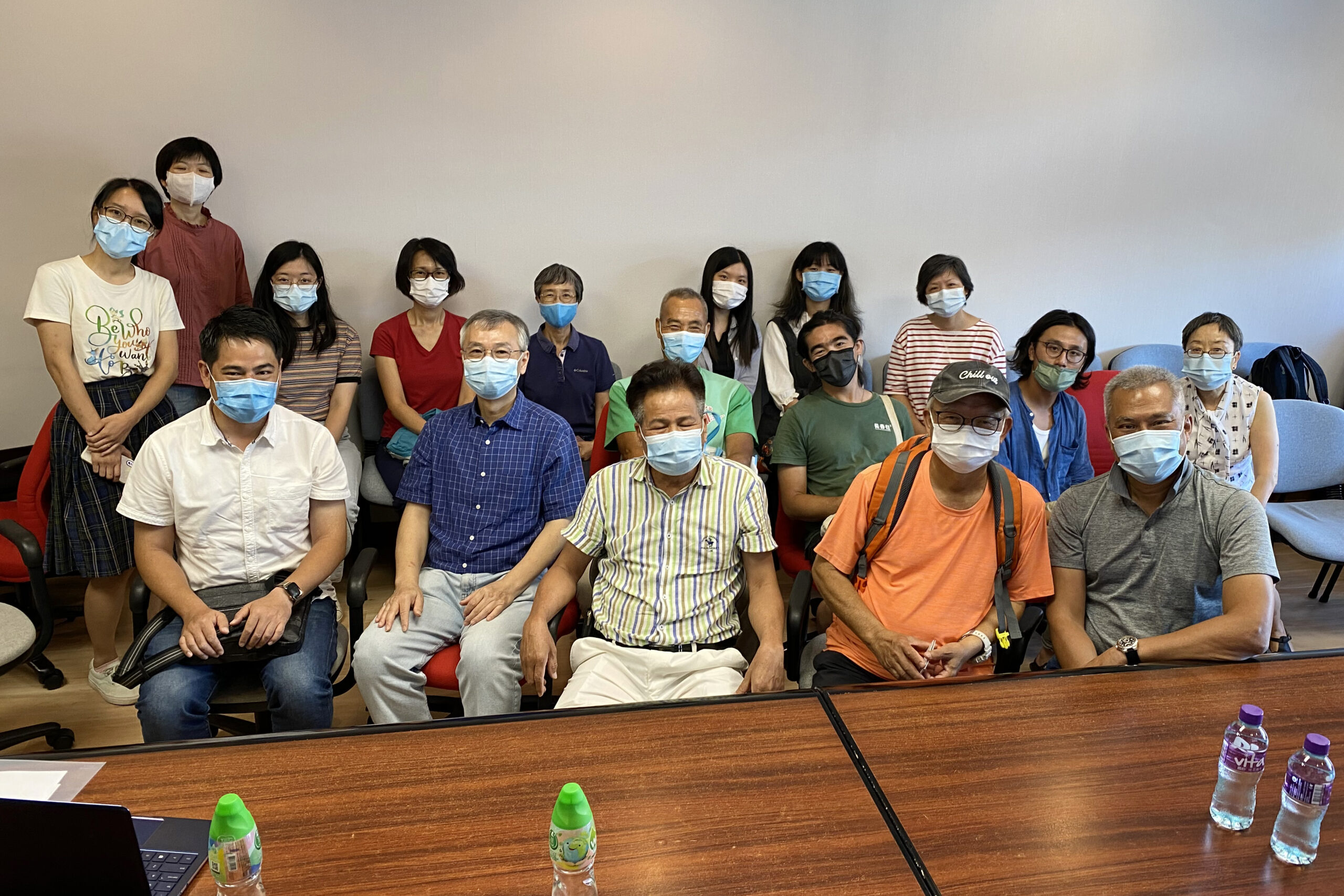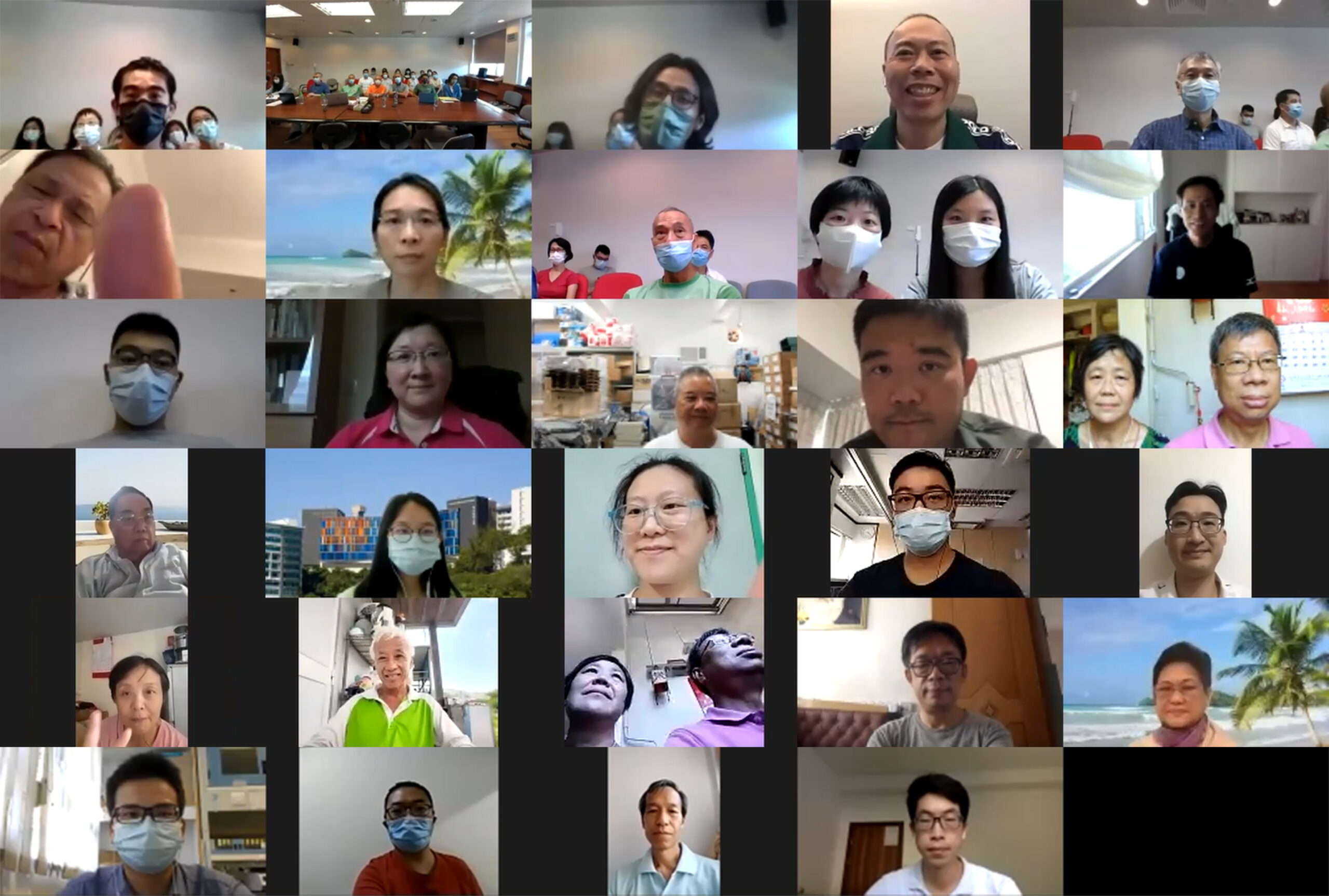香港水稻復育圓桌會議
節目簡介:
本會議邀請了五位種植水稻的本地農夫及農業團體負責人分享水稻復育的理念、經驗、項目計劃、及對生態的保育等。
講者:
胡應手 – 「大地予我」項目及野苟農場 農夫
劉善鵬 – 長春社助理保育經理
陳培昌、周志賢、廖寶洪 – 西灣地區復育計劃項目負責人、有機耕作顧問、資深農夫
主持:
林漢明教授 – 香港中文大學生命科學學院 教授、香港種子技術及教育中心 負責人
當天參加人數:90 (72 zoom, 18 現場)
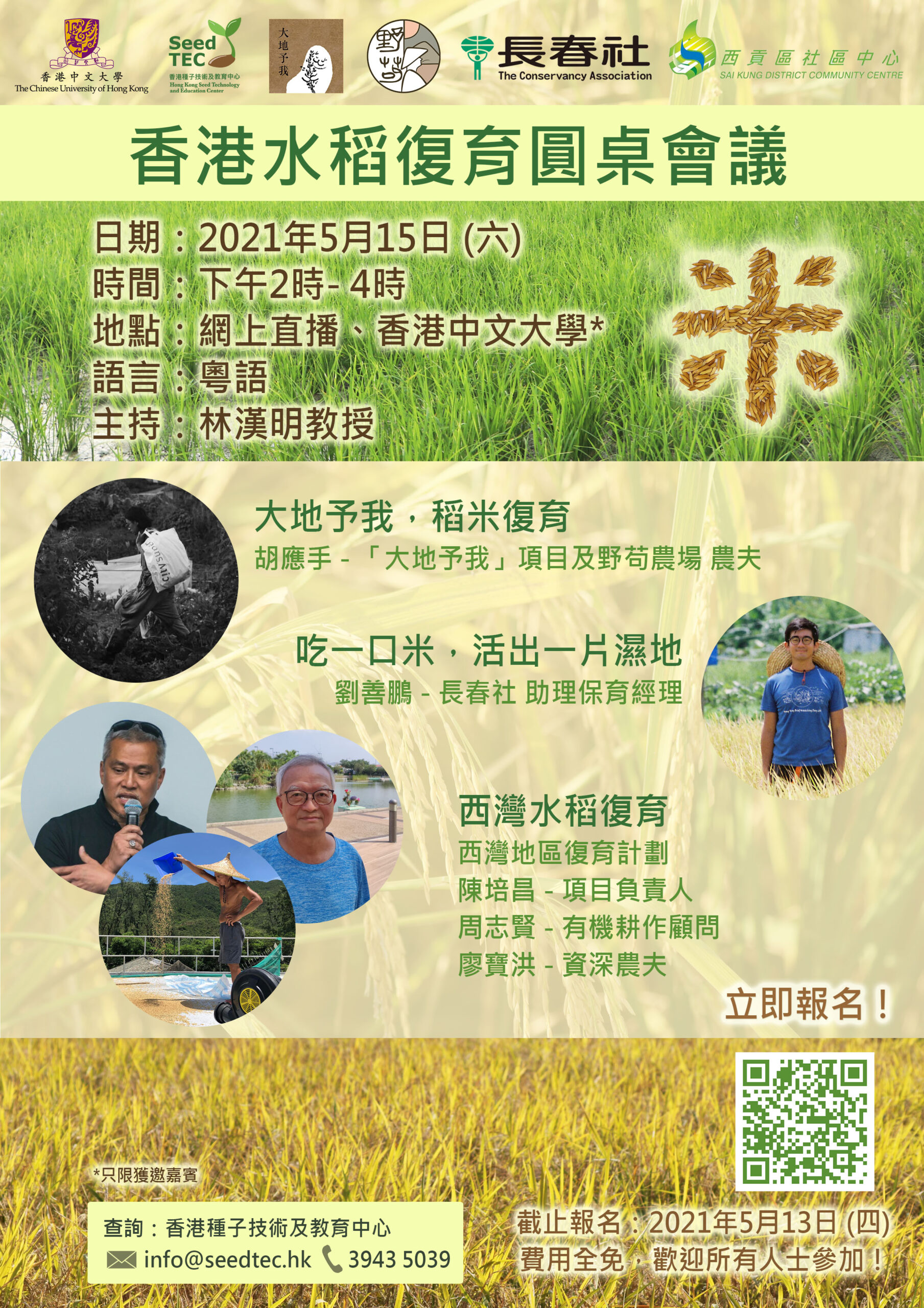
Hong Kong Rice Recultivation Roundtable Seminar – Summary
For thousands of years, rice has been one of the staple crops in human life. Along with the long-term domestication and the development of agricultural technology, the yield of rice has continuously increased, and farming is no longer the only work option for people to make a living. Rice was once the main crop grown in the New Territories of Hong Kong, and the product even became a royal tribute. With the historical development of Hong Kong, rice fields have gradually been used to grow other crops. Under the rapid urbanization, farmland is far less important than commerce and real estate. But at this time, a group of people have started to grow rice again in such scarce land. What is the significance within this? The Rice Recultivation Roundtable Seminar held by the Hong Kong Seed Technology and Education Center (SeedTEC) invited a number of farmers and project leaders to share their rice recultivation projects, their visions, goals and experiences.
Mr. Hand Hu, a farmer from Ye Gou Farm, shared the basic concept and planting experience of his project “The Earth to Me”. “Earth to Me” has retrieved Hong Kong rice seeds in the 1960s from rice seed bank in the Philippines, hoping to plant more than ten traditional varieties over a ten-year period, observe their growth characteristics and rice quality, complete detailed records, and explore the possibility of mass production of traditional varieties. In order to preserve local varieties, they spent a lot of thoughts. Starting in 2019, they opened up about eight acres of farmland in Tai Po Lam Tsuen to replant rice. Due to soil limitations, they used shovels and rakes to open the fields manually, and dug lower pits beside the paddy fields, which allowed part of the water to flow in to attract Pomacea canaliculata into the puddles and reduce the damage to the rice seedlings. “The nets must be pulled quickly after the flowers have grown, and water should be released a week after the seedlings are transplanted to prevent Pomacea canaliculata…” Hand shared a lot of rice planting experience and methods.
Mr. Pang Lau (Jin Pan), Assistant Conservation Manager of the Conservancy Association, shared the significance of rice recultivation to local ecology and urban humans. The recultivation scheme of Conservancy Association was launched in 2005 in the Long Valley Wetland in the North District of Sheung Shui. The restoration of wetland and growth of grains meet the conditions of conserving the critically endangered yellow-breasted bunting (commonly known as the flower sparrows). In the 11 years since the plan was launched, the number of flower sparrows observed in their planting area has gradually increased, from five in 2006 to 21 in 2020, and the total number in the area has even reached 81; at the same time, the organic farming and practice of using less chemical fertilizers prevent tiger frogs from deformation due to chemical pesticides, and provide a good growing environment for this national secondary protected animal. In addition, they have established the Long Valley Ecopaddy, recruited members to assist the Conservancy Association in terms of economic and human resources in planting and product sales, allowing them to experience and participate in the process of farming, and cooperated with local community shops to sell ecological rice, thus connecting the relationship between urban people and agricultural land, and injecting stronger vitality into the rural environment.
The Sai Wan Rehabilitation Program is also one of the projects shared in this seminar. Mr. William Chan, the project leader, Mr. Chow, an organic farming consultant, and Mr. Liu, an experienced farmer, respectively introduced the basic situation of the project, the significance of local history and culture, and the experience in the planting process. This project is funded by the Environmental Protection Department and aims to conserve the natural ecology of the Sai Wan area, rebuild the local landscape, and preserve the local lifestyle and historical culture through rehabilitation. The plan covers natural conservation areas, organic farming areas, ecological ponds and orchards. Most of the farmland in Sai Wan Village is close to the sea, thus the land is rich in salt. However, considering the strong desire of local villagers to recultivate rice to restore the appearance of the countryside, the people in charge deliberately retrieved two catties of salty rice seeds from Zhanjiang, Guangdong and tried to grow them. Sai Wan rice fields face the problems of high salt content in soils and single water source that can be relied on. However, due to the unique seaside environment, the entire Sai Wan rice fields have less pests and weeds than freshwater fields, also the use of organic fertilizers help the rice obtain organic farming certification from relevant departments. The area of rice fields in the rehabilitation program has gradually extended from 58,000 square feet to 75,000 square feet.
After the sharing session, the seminar also arranged a Q&A session between online audience and on-site guests. From procedural questions such as how to apply for government project funding, to practical challenges such as how to deal with wild boars appearing on the fields, everyone livelily shared about their own problems and experiences. From everyone’s generous and eager discussion, we understand more the role and power of rice in gathering people in the long history, and the importance of recultivation.
Notetaking: Zoe Gan
Translation: Joanna Wong
